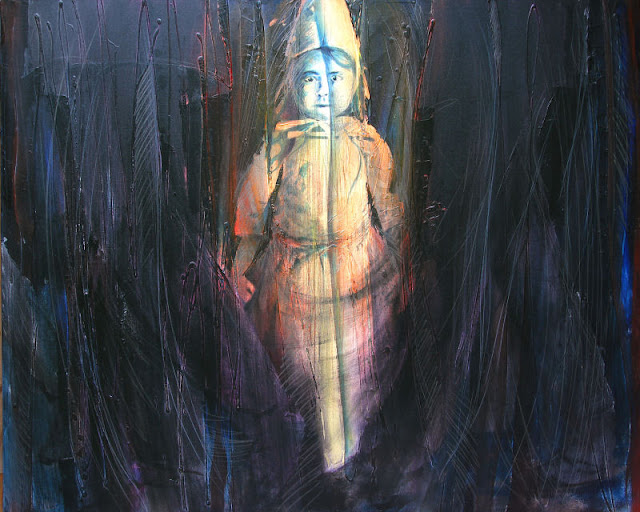Dear Little Emily: The Best Little Rooster Who Ever Lived

Dear little Emily, Today, when you’re almost ten, my little old self, you’re sitting in the dark sparkly sand by the waves lapping. Barnacled rocks poke up from the sand into your thighs, but you don’t care. You have Pappa’s sweater on over your swimsuit, and you’re fine. You hear Mum’s guitar up on the beach, and she mutters that her fingers are too cold to play, even though the fire is right in front of her. It’s September and the family has gone to the beach, maybe for the last time, this year. It gets dark so early right now that it feels almost like Christmas, even though it’s 8pm, and you haven’t gone home for dinner. The end of the box of Old Dutch crackles between Adrian and his friends as they sit around the fire. The aunties are chatting and you can’t hear what they’re saying, but Pappa’s laugh breaks the night for a moment. You’re waiting for the stars to come out, and your heart sings, Oh watch the stars, see how they run! Oh watch the stars, see how they run! Mum stops pla...





